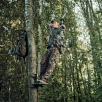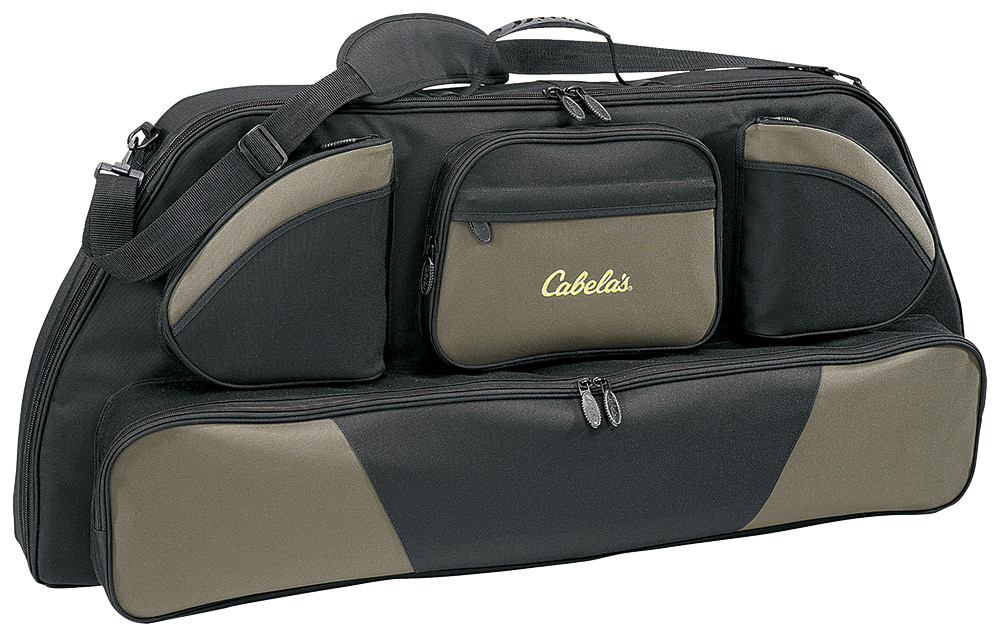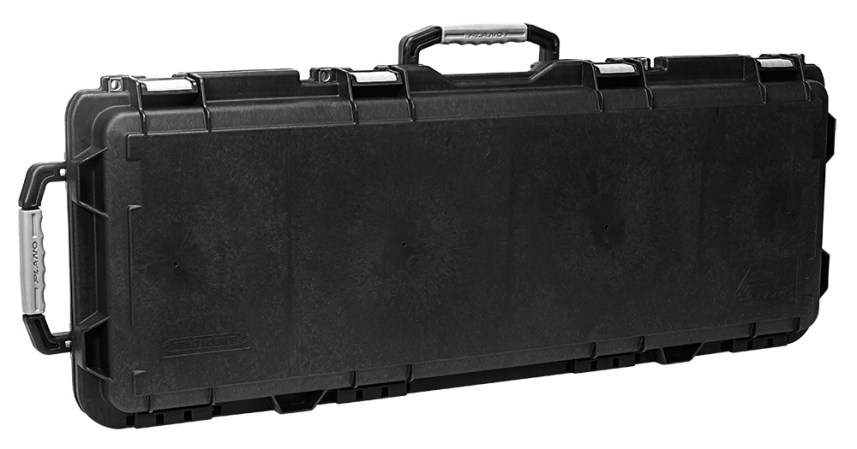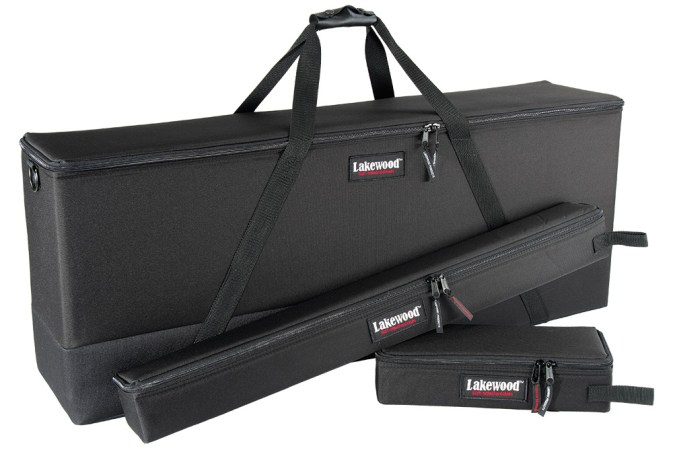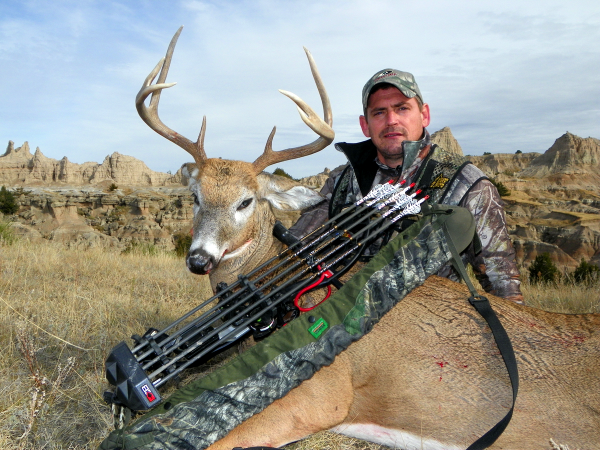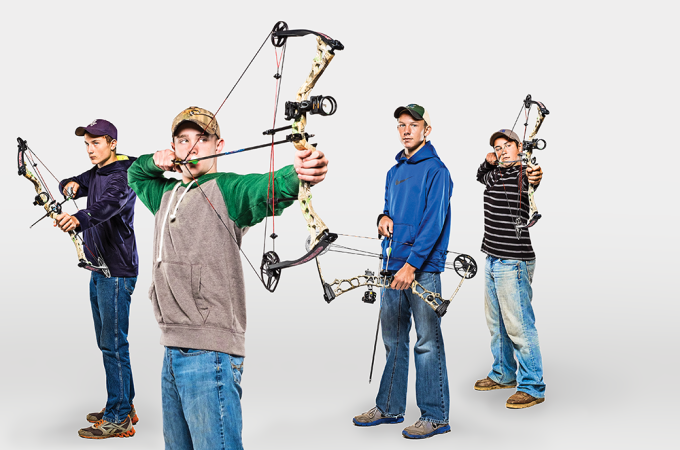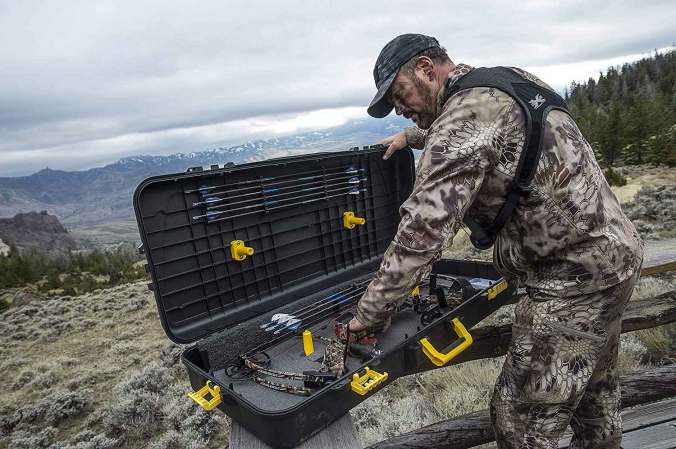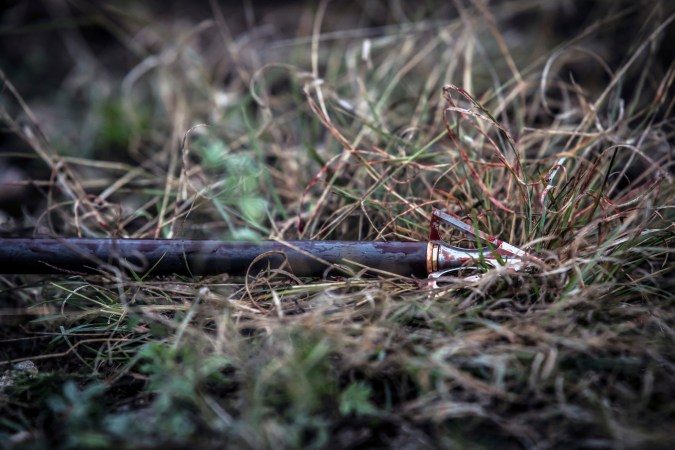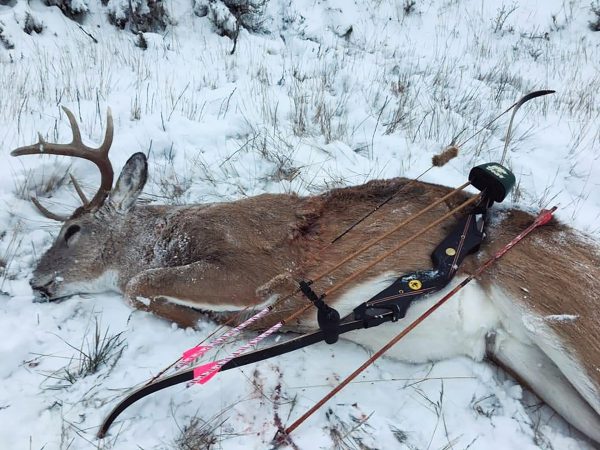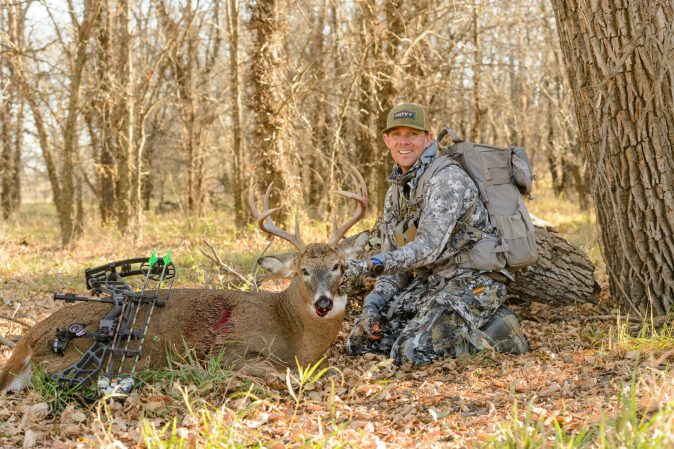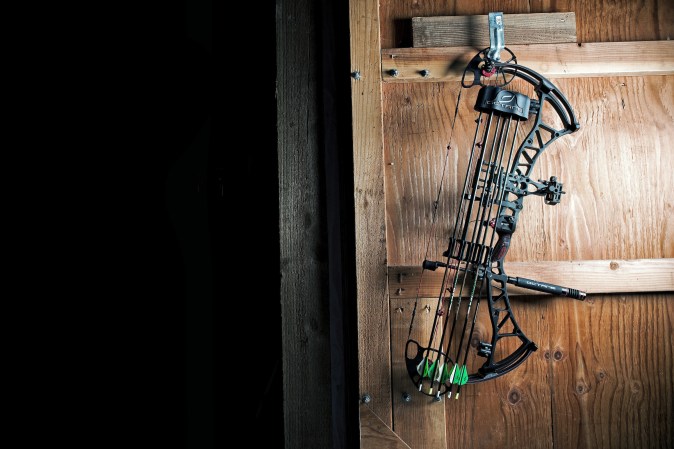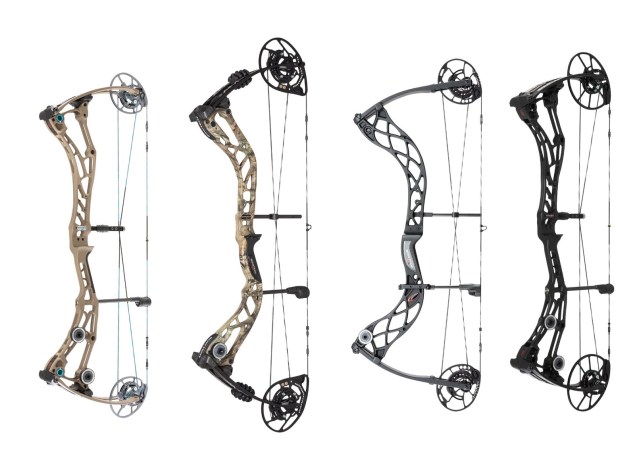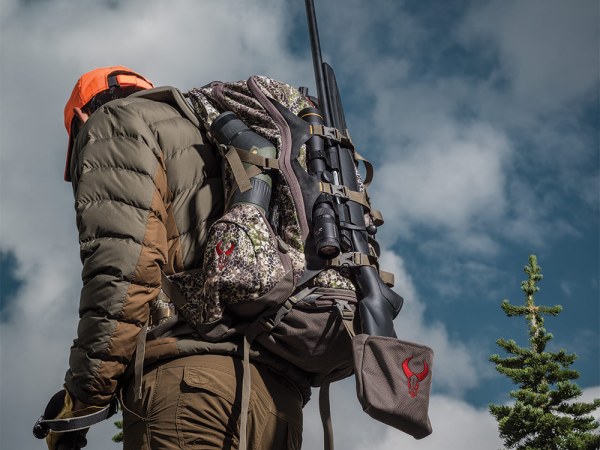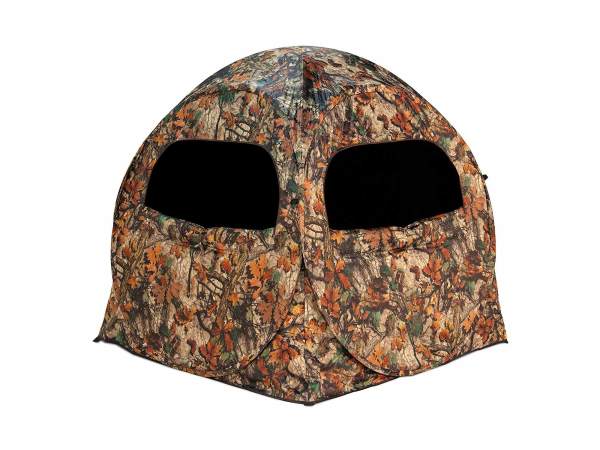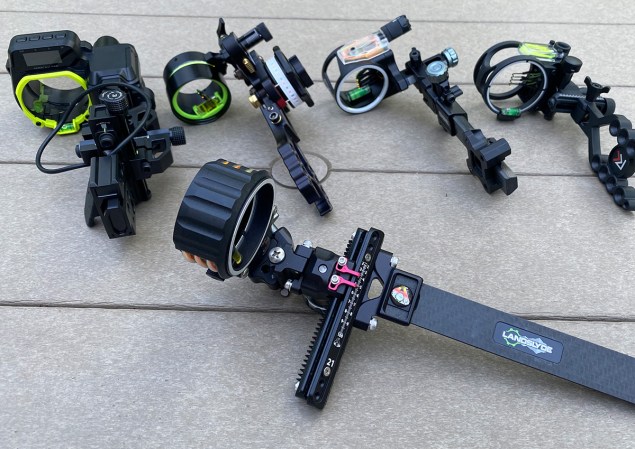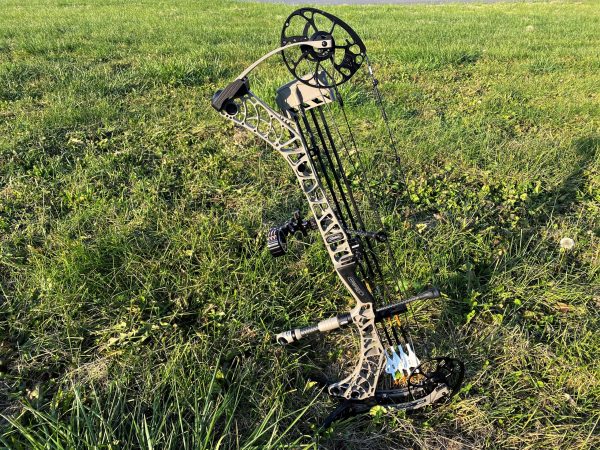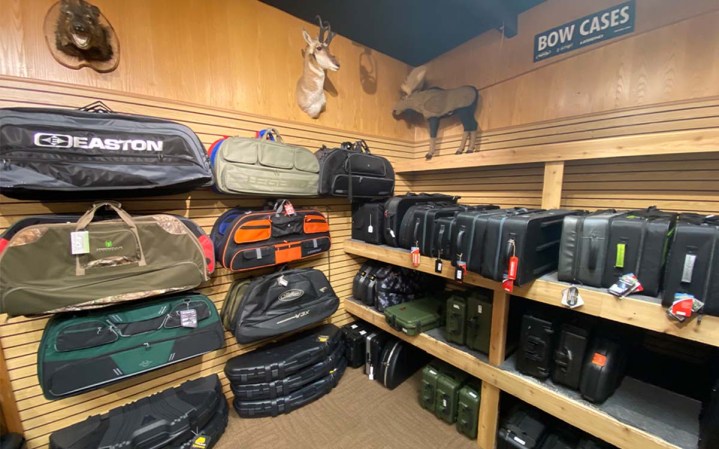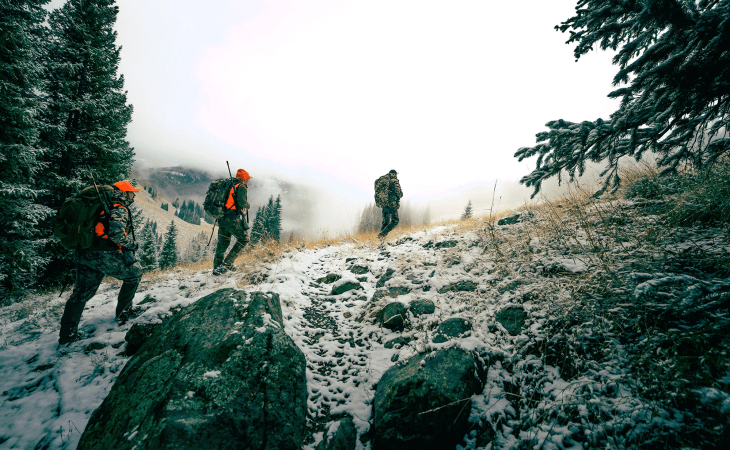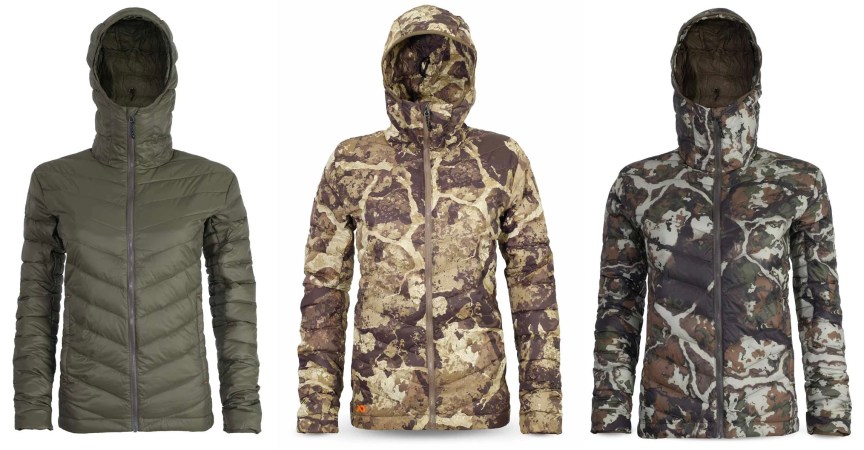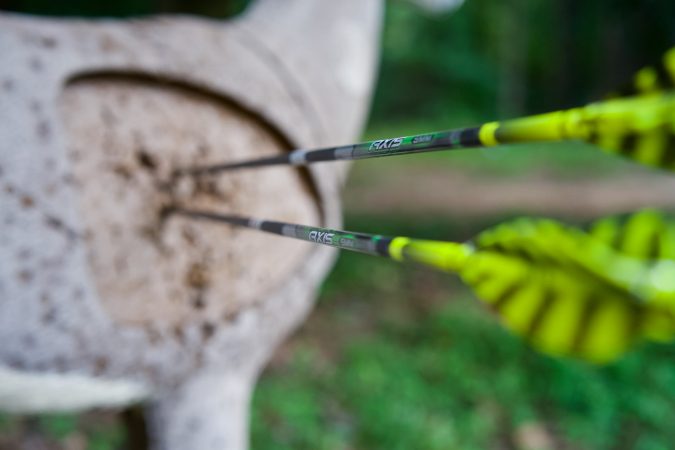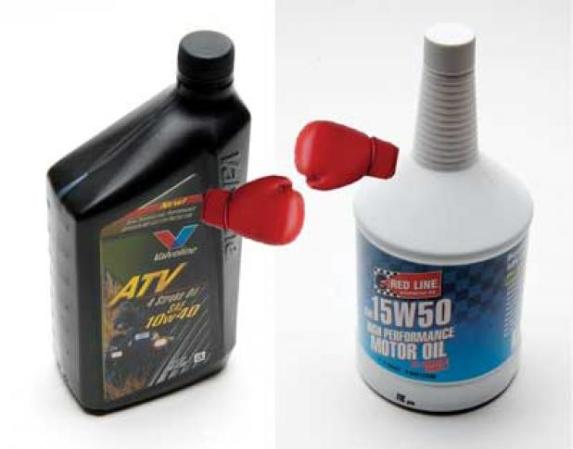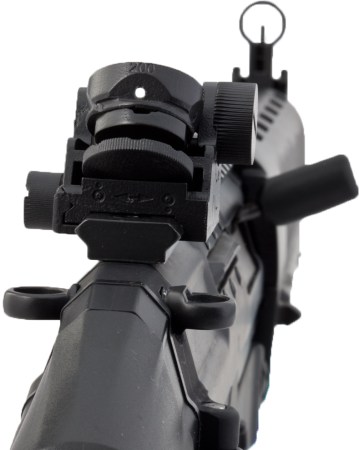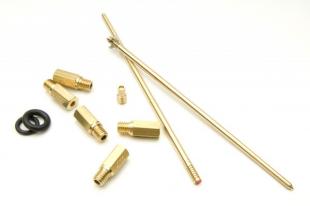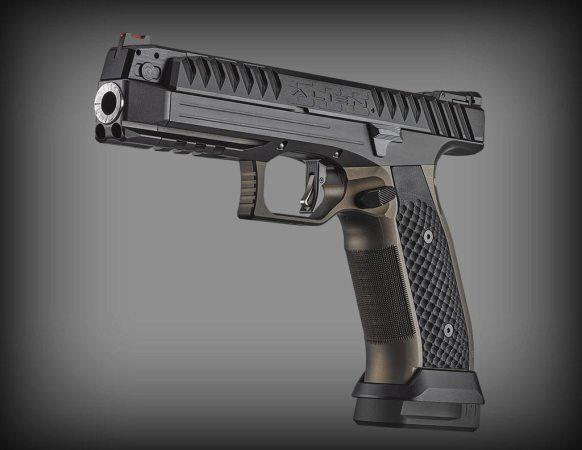We may earn revenue from the products available on this page and participate in affiliate programs. Learn More ›
We pay all kinds of attention to the bows we carry afield—their cams, accessories, strings. We spend hours tuning and fussing and refining. We affix high-dollar sights and stabilizers and quivers to them. We revere the finished product as a tool of performance and precision. Then we toss it in the back seat of a truck and go bouncing along to the woods. Doesn’t make much sense, does it?
A utilitarian tool and the first line of defense (in many instances, the only line) against snapped sight pins, crushed quivers, and other hazards, a case is also one of the most overlooked pieces of gear in a bowhunter’s arsenal. Don’t make that mistake. Here’s a primer on case options and the features to look for in each.
Soft Cases
When most bowhunters think of a bow case, it’s this type that comes to mind. The most basic of all cases, these offer a lower level of protection than more rigid models, but they’re generally less expensive.
Look For:
- An outer shell of cordura or a similar durable, tear-resistant material.
- Padding thick enough to protect your bow from dings and bumps.
- Separate compartments for quivers and gear. Some models place pressure on the arrow shafts and long-term storage can result in misshapen vanes and feathers.
Best Use:
Short-term transport on close-to-home hunts.
Consider: Cabela’s Supreme soft case ($90; cabelas.com)
Hard Cases
Stepping up in level of protection, hard-sided models come in many sizes and configurations. They cost a bit more than soft cases but give you more utility.
Look For:
- Thick material. Thin-walled cases might seem to provide ample protection but they are more easily damaged than those constructed with thicker plastics.
- Customizable padding. Pull-and-pluck foam allows you to configure your case to your bow and accessory setup.
- A separate space for a quiver to protect vanes and feathers.
Best Use:
Serious protection for long hauls—think airline travel and road trips.
Consider: Plano Field Locker ($260)
Read Next: Adventure Bowhunting—10 Gear and Packing Tips for a Better Trip
Hybrid Cases
Blending features of molded and soft-sided cases, a hybrid system provides rugged protection like a hard case with the increased modularity and storage options of a soft case.
Look For:
- Durability at key stress points. Corners should be reinforced and the outer shell, as with soft cases, should be abrasion-resistant.
Best Use:
Versatility is the key selling point here. Top-end hybrid cases are pricey but should be the only case you need, whether it’s for a simple evening hunt on the neighbor’s farm or a cross-country trip by plane.
